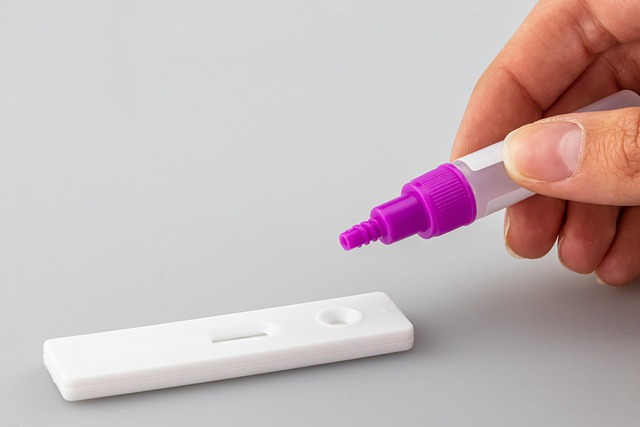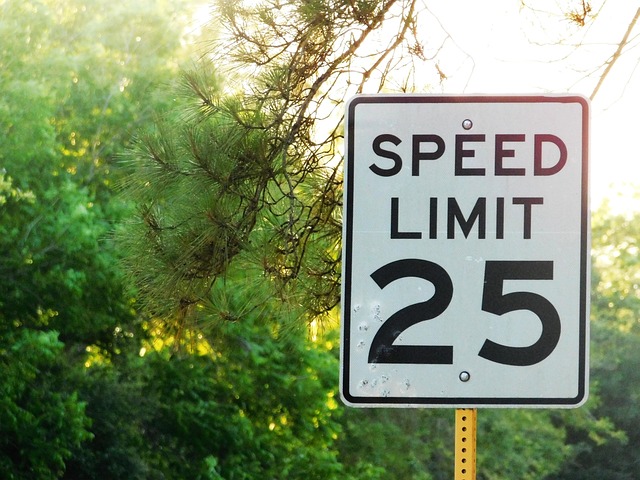Identifying lead hazards in New Braunfels homes requires a strategic approach. DIY inspections offer accessibility but may miss hidden issues, while professional services use advanced tools like XRF analyzers to detect lead at any stage of degradation, ensuring thorough assessments and tailored remediation strategies for pre-1978 homes. Comparing DIY vs. professional lead inspections is key for homeowners in mitigating health risks effectively.
In today’s digital era, awareness of lead safety hazard identification is crucial for every homeowner and property manager, especially in bustling cities like New Braunfels. This article delves into the essential protocols for understanding lead safety, highlighting the differences between DIY and professional lead inspections. We explore effective steps to identify and mitigate lead hazards, focusing on the New Braunfels perspective. By the end, folks will be equipped with knowledge to navigate this important task.
- Understanding Lead Safety Hazard Identification Protocols
- DIY vs Professional Lead Inspection: New Braunfels Perspective
- Effective Steps for Identifying and Mitigating Lead Hazards
Understanding Lead Safety Hazard Identification Protocols

Understanding Lead Safety Hazard Identification Protocols is a crucial step, especially when considering the potential risks associated with lead exposure. In New Braunfels, whether you’re opting for a DIY lead inspection or enlisting professional services, knowing these protocols is essential. The process begins with identifying potential sources of lead, such as old paint, plumbing fixtures, and certain types of flooring, which are common in older homes. Once identified, these areas require careful assessment using appropriate testing kits to determine the level of lead contamination.
For DIY enthusiasts, following manufacturer-recommended protocols for sampling and testing is vital. However, professional lead inspections offer a comprehensive approach, utilizing advanced equipment and industry-standard methods to ensure accurate results. This includes infrared cameras for identifying hidden lead-based paint and air quality tests to measure airborne lead particles, providing a thorough assessment of the property’s safety.
DIY vs Professional Lead Inspection: New Braunfels Perspective

In New Braunfels, the choice between DIY lead inspection and professional services is a crucial consideration for homeowners concerned about potential health hazards. While DIY kits offer accessibility and cost-effectiveness, they may not always provide accurate results, especially in identifying subtle or hidden lead-based paint issues. Professional inspectors, on the other hand, have the specialized training and tools to uncover even the most concealed sources of lead, ensuring a comprehensive assessment.
New Braunfels residents should remember that professional lead inspections are invaluable for thoroughness and peace of mind. A qualified inspector can navigate the complexities of older homes, where lead paint is more likely to be present, and provide detailed reports with actionable recommendations for remediation. This expert approach ensures that any potential lead hazards are addressed safely and effectively, offering better protection for residents and their families.
Effective Steps for Identifying and Mitigating Lead Hazards

Identifying and mitigating lead hazards requires a systematic approach, especially when dealing with older properties in New Braunfels. The first step is to conduct a thorough inspection, comparing DIY methods with professional assessments. Homeowners can begin by visually inspecting paint, checking for peeling or chipping, which could indicate the presence of lead-based paint. Using a moisture meter and heat gun to test painted surfaces can also reveal hidden issues. However, a more comprehensive approach involves enlisting professional services, especially when it comes to assessing lead pipes, which DIY methods often miss.
Professional lead inspections in New Braunfels utilize advanced tools like XRF analyzers and surface sampling kits to detect lead at various stages of degradation. These professionals are trained to identify hazardous materials, ensuring a safe environment for residents. While DIY tests can be a good starting point, they should not replace expert assessments. For older homes, particularly those built before 1978, it’s crucial to engage specialists who understand the nuances of lead safety and can provide effective mitigation strategies tailored to each property’s unique challenges.
In conclusion, while DIY lead inspections can be a starting point for identifying potential hazards, it’s crucial to understand that professional lead inspections in New Braunfels offer a more comprehensive and accurate assessment. By following effective steps and enlisting the expertise of certified professionals, residents can ensure thorough lead hazard mitigation, prioritizing the safety and well-being of their families. When it comes to DIY vs professional lead inspection, the latter proves to be a more reliable choice for identifying and addressing these hidden dangers effectively.
